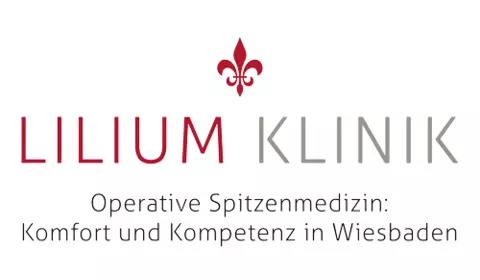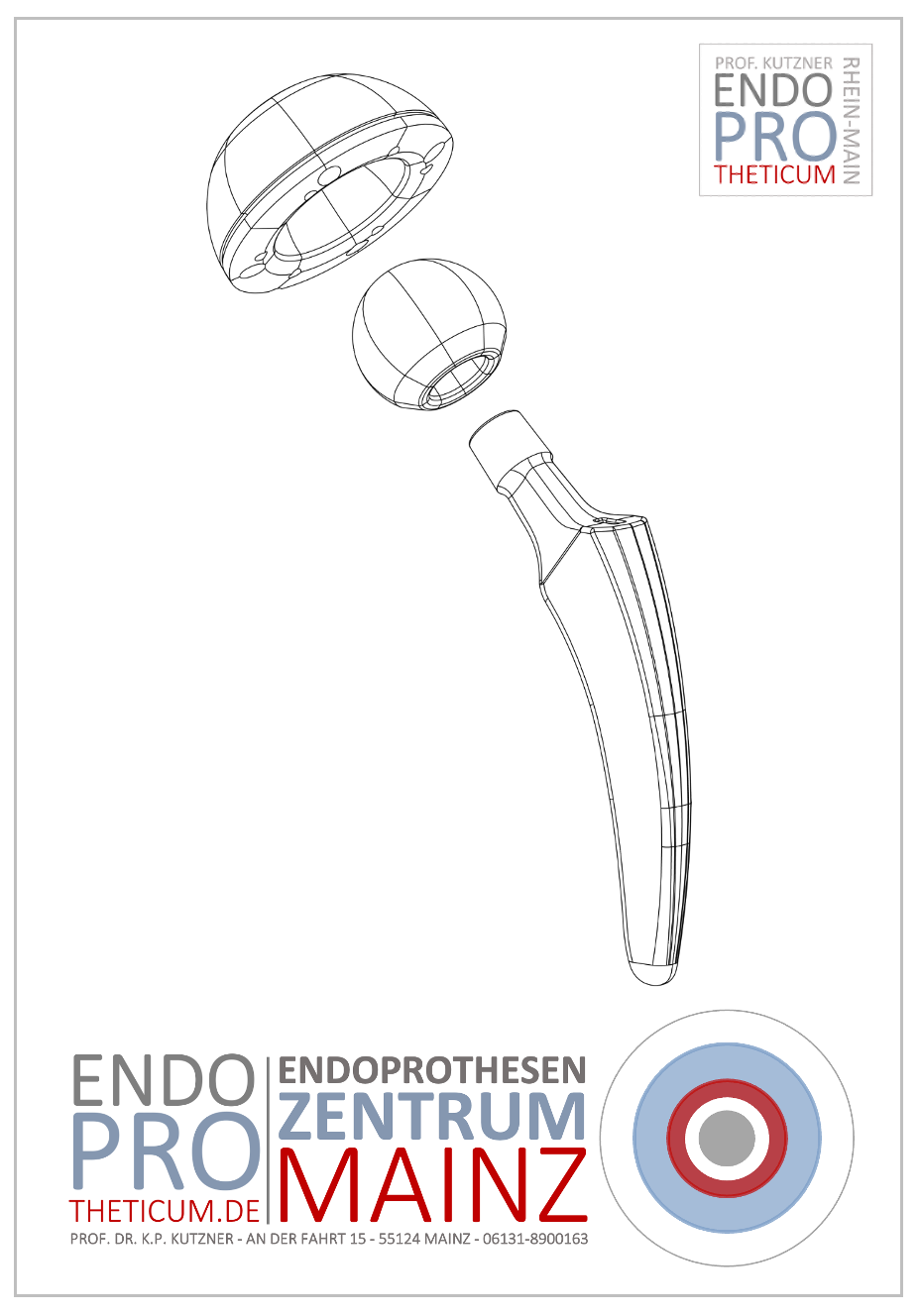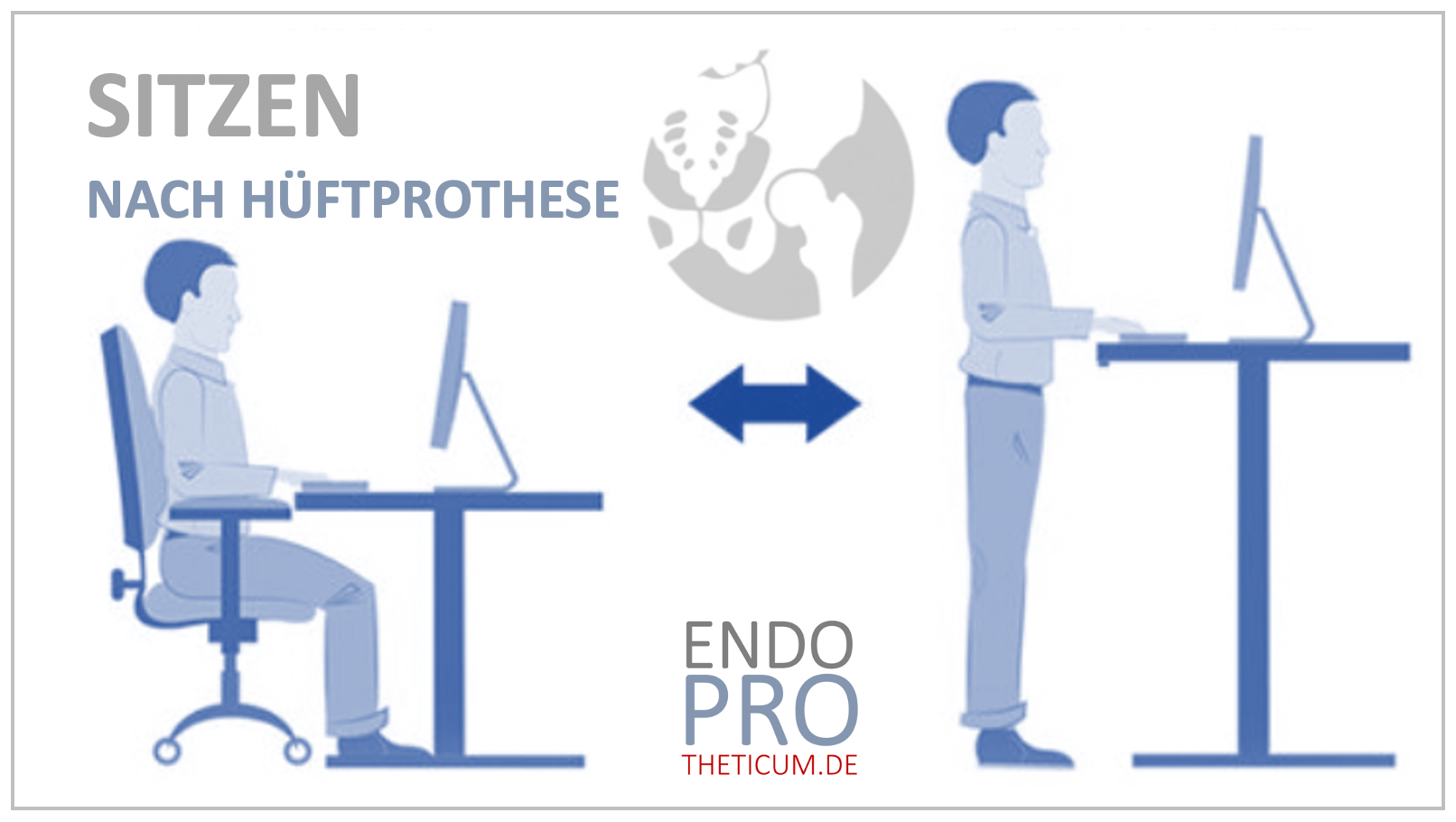Rehabilitation directly after joint replacement surgery - does that really make sense?
Rehabilitation immediately following an operation also involves risks!

Early rehabilitation immediately after joint replacement surgery, such as a hip or knee replacement, can sometimes pose more risks than benefits. In the first few weeks after surgery, the newly inserted joint needs rest and protection to optimize healing. Rehabilitation therapies that are too intensive or started early can lead to overloading, as the stability and ingrowth of the prosthesis could be impaired by premature loading. Not only can this slow progress, but it can also increase the risk of complications such as loosening or infection.
A rehabilitation break in which patients initially concentrate on gentle movements and protecting the affected area has proven to be beneficial for many patient groups. This can create better primary healing and a more stable foundation for subsequent rehabilitation. The recommendation by some experts to wait between one and two weeks before starting targeted rehab is based on the idea that the body must first regain basic stability. During this phase, patients should focus on light movements and protection in order to optimally anchor the prosthesis in their new joint before heavier loads and muscle building begin.
A thoughtful, gradual initiation of rehabilitation in consultation with orthopedists and physical therapists can help ensure long-term recovery and promote the longevity of the artificial joint.
Introduction to the topic of joint replacement and rehabilitation timing
After a joint replacement such as a hip or knee replacement, many patients require rehabilitation to regain mobility and strength. Despite the benefits that come with rehab, immediate post-surgery rehab can also pose risks, especially if the body still needs a period of rest and healing. In some patients, premature loading can cause complications such as inflammation or loosening of the prosthesis because the muscle and bone area is still too unstable. Training too quickly can also lead to injuries to the surrounding soft tissues.
Benefits of resting after the procedure
A short recovery period during which the patient reduces home activities and gets used to the new prosthesis promotes the stability and ingrowth of the prosthesis. Experts often recommend stabilizing everyday movements first and only starting targeted rehabilitation measures after a few weeks in order not to overtax the body. This rest period can minimize pain and reduce the risk of loosening or misalignment of the prosthesis.
Risks of early rehabilitation
The immediate stress caused by targeted strength exercises can lead to overstressing of the prosthetic area that has not yet strengthened and can delay healing. Patients with special medical conditions, such as slow bone healing or weakened muscles, are at particularly high risk. The risk of impaired wound healing can also increase if movements and exercises are carried out too early, which could prolong the recovery time.
Outpatient and inpatient rehabilitation options
The decision between outpatient and inpatient rehab depends on individual factors such as the type of procedure, general health and the home environment. Inpatient rehabilitation offers around-the-clock monitoring and intensive care, which can be particularly beneficial for older patients or those without home support. However, outpatient rehabilitation, which enables a return to everyday life, also has advantages: It offers flexibility and enables patients to apply the exercises they have learned directly in their own environment and to make progress at their own pace.
Conclusion
The right time to begin rehab after a joint replacement depends largely on the patient's individual needs and healing process. A short break can help stabilize the prosthesis and make rehabilitation more effective in the long term.
MAKE AN APPOINTMENT?
You are welcome to make an appointment either by phone or online .



























